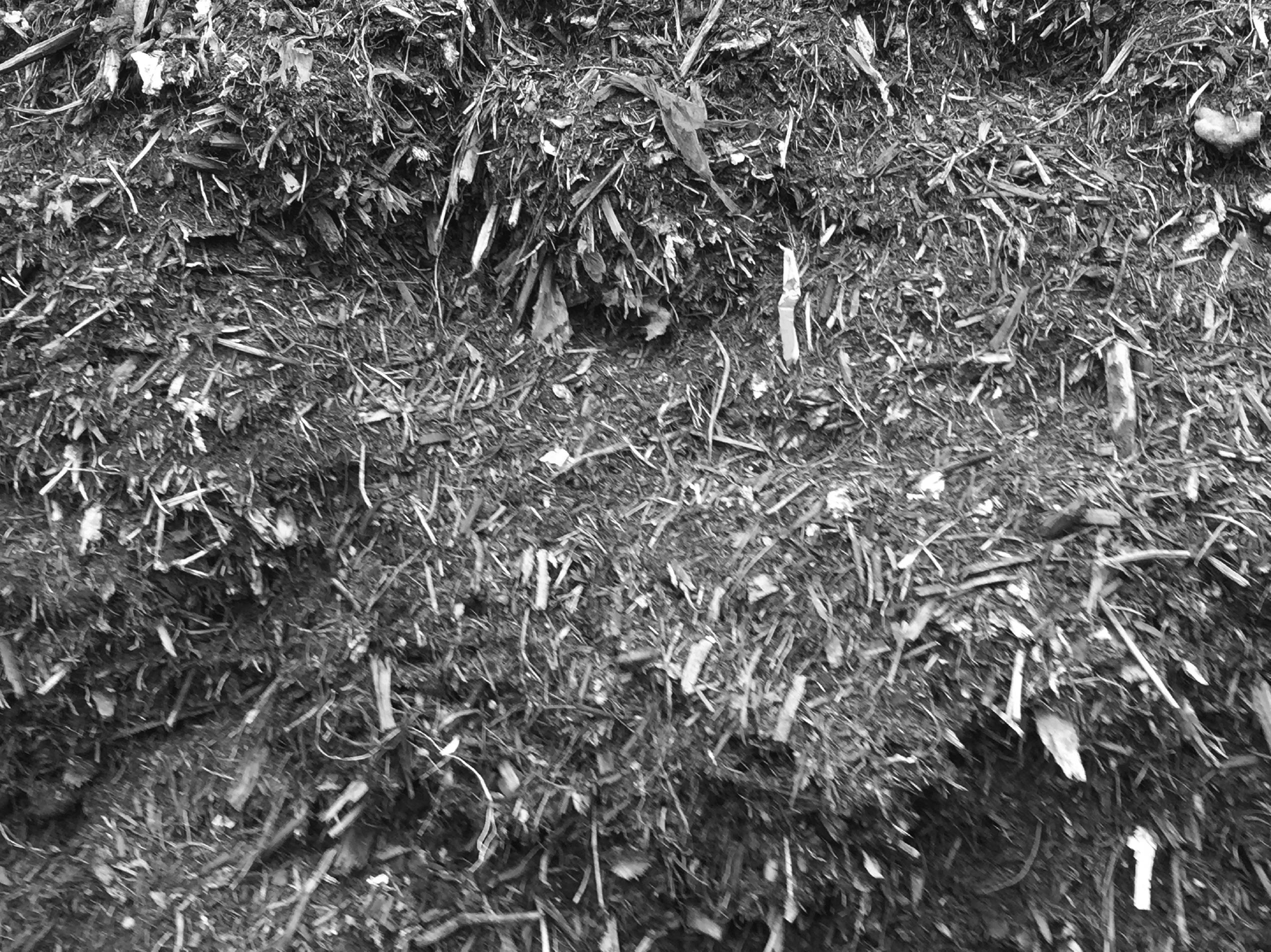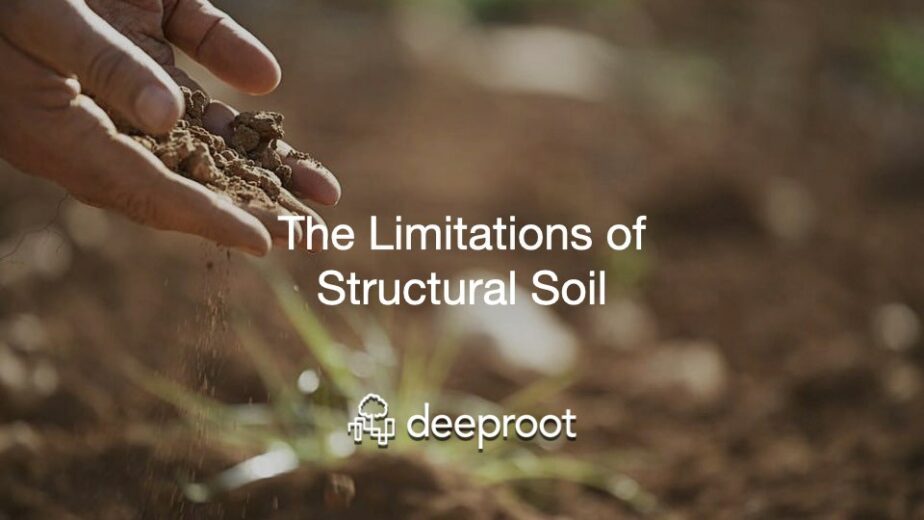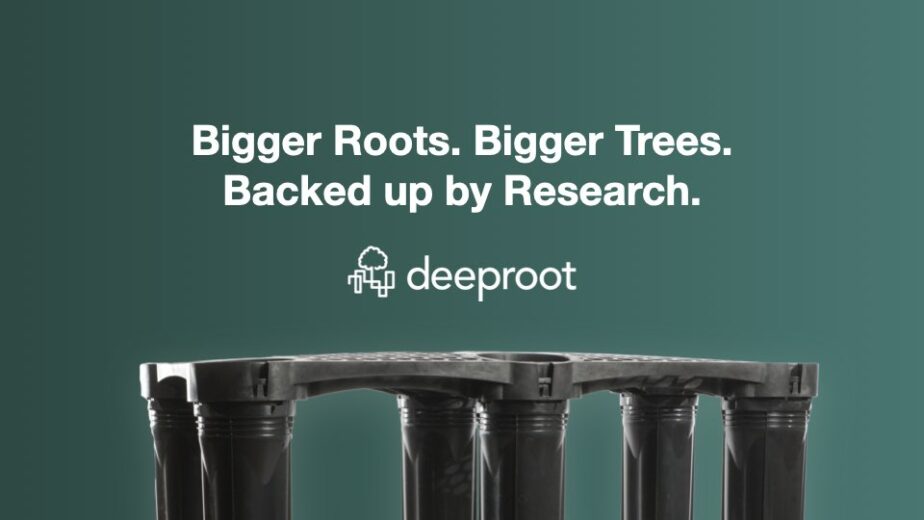Over the past 20 years compost has become a standard amendment for landscape site soils and topsoil mixes, but specifications are far from standardized. While regional and project-specific conditions require variation in compost quality, there are basic parameters that every compost should meet for use in landscapes. There are also some common provisions that should be excluded because they complicate approval processes, discourage quality producers from bidding on projects, and raise costs.
What to Include (and Avoid) in a Compost Specification:
A sound foundation for every compost specification starts with the US Composting Council’s Seal of Testing Assurance (STA) program. Composters who certify product with the STA program must regularly test product at STA-Certified labs using Testing Methods for Evaluating Composting and Compost (TMECC) that are appropriate for highly organic materials.
The STA program stipulates what parameters to test and a range of results acceptable for most planting types, but does not assign “passing” ratings for most factors. This approach is useful for several of reasons:
- Regional soil variations require different compost qualities such as pH or salts levels.
- Needs of different plants may dictate specific compost qualities and rates.
- Compost amendment rates vary considerably—from 10-50% by volume and 1-7% by weight. Different attributes are appropriate along this spectrum.
Essentials—these parameters should be in a fairly narrow range regardless of application:
Organic Content: Compost used for soil amendment should be 35-65% organic content by dry weight. Values much below 40% indicate sand or soil has been mixed in, either as part of feedstock collection (e.g. off the ground of an animal enclosure) or during processing. There is no reason to pay to import heavy minerals—the organic matter is what is desired. Organic content above 65% may indicate compost is immature or contains undecomposed material that can disrupt nutrient availability or cause excessive settling in amend soil. Compost with high organic content is fine for mulching if it is “stable” and has a high carbon-to-nitrogen ratio (see below)—indicating it is woody, not immature.
Salts: Soil conductivity—a measure of salts content– under 2.0 dS/m (mmhos/cm) is fine for most plants. In most applications, compost under 5 or 6 ds/m is safe to mix into soil. Lower limits should be considered in arid climates or where saline irrigation water is used, based on interpretation by a soil lab or agronomist.
Physical contaminants: 1% by weight is a common limit for “inerts” including metals, glass, plastic, and fabrics; though some public agencies use 0.5%. Plastic films are a visual blight at lower levels, and should be limited to 0.25% for soil amendment or 0.1% for mulches.
Maturity: The TMECC test of maturity compares germination and growth rates of seedlings watered with compost tea to seedlings treated with distilled water. Only a very immature compost will fail the standard of 80% of the distilled water, but it is at least an indicator combined with other tests.
Stability: Bacterial activity (CO2 generation) from moist compost is used to gauge if compost is stable or still rapidly decomposing. The data are interpreted as “Very Stable”, “Stable”, “Moderately Unstable” or “Unstable”. Specify “Stable” or “Very Stable” compost to avoid problems with odors, plant growth inhibition, and fungus. The test can be confused by inclusion of woody or acidic material, so pH and carbon-to-nitrogen ratio must also be in acceptable ranges.
Pathogens: The USEPA pathogen level for Class A Biosolids (40 CFR 503.13) is a standard for all types of compost. Some jurisdictions require testing only for Salmonella, though most also require fecal coliform. Use local standards where available.
Heavy metals: Acceptable levels of heavy metals is a contentious issue—too complex to explore here. Follow state regulations, or USEPA standards for Class A Biosolids is a default. These standards are set for human health effects, and should be adequate to prevent injury to plants.
Moisture content: A range of 35-55% moisture is best for ease of spreading and cultivation. Above 60% is messy to handle and subject to compaction. Material is dusty at less than 35% moisture.
Variables—these parameters should always be specified, but the desired ranges of results may vary with use and soil/other mix components:
pH: Mature compost is typically slightly acidic to moderately alkaline (6.1 to 8.4), similar to the acceptable range for most plants. Levels outside of this range may indicate compost is not stable, and make other test results inaccurate. Adding 25-35% compost to loam can change the pH by a full 1.0 or more, so where base soils are near to these limits it can be useful to narrow the range specified to affect change in the direction desired (e.g. specify compost with pH of 7.5 to 8.5 to amend an acidic soil, or with pH less than 7.0 to amend an alkaline soil).
Particle size: Compost particle sizes is a balance of aesthetic and practical considerations. Screening compost through a ¼”- or 3/16” mesh creates a uniform appearance and is essential for reducing plastic contamination introduced by many yard and food waste collection programs. However, fine screening removes coarse woody material that improves aeration and drainage in clay and silt soils and prevents mulches from forming impermeable crusts.
Practical experience shows limiting the portion of compost finer than ¼” to less than 50% helps prevent mulch from sealing: this is probably also a reasonable limit for amending silt and clay soils. Requiring 99% to pass a ¾” or 1” screen and not exceed 4” length produces an attractive and still easy to handle mulch. Unfortunately, many composters are currently unable to make a product including 50% coarse material and also meets physical contaminant limits. Using finer compost is acceptable to amend most soils if necessary, but it is advisable to specify wood chip or bark mulch with limited fine particles for mulch if compost with limited fines is unavailable.
Feedstock: Manure and biosolids composts are often higher in nitrogen, phosphorus, and salts content than yard debris or yard-food waste mixes. Excess nutrients can cause extravagant plant growth that is vulnerable to pests, disease, and storm damage; and may pose storm runoff quality concerns. Many landscape specifications exclude manure and biosolids compost for these reasons. An alternative is to specify limits to the nitrogen and phosphorus content of compost. Nutrient forms and release rates are complex, so it is advisable to consult an agronomist, local University Extension or Conservation District for direction on setting these limits.
Carbon to Nitrogen Ratio (C:N): Like organic content, C:N can be an indicator of maturity or of additions of undecomposed woody material. Mature compost typically has a C:N in the range of 14-20. C:N above 25 is preferable for a longer lasting mulch that will inhibit weed germination.
Avoid—unnecessary parameters that add costs and delays without offsetting benefits:
Nutrient levels: Nutrient levels should be specified for the amended soil mix, not the compost alone. Fertilizers can be added as needed based on a test of the amended mix.
Microbiology: Compost provides ideal food and habitat for diverse beneficial soil life. However there is little evidence that microbiological testing of fresh compost is a good indicator of which soil life will thrive when it is placed in the landscape, or that inoculation with select species provides benefits. Soil life depends on myriad factors including presence of specific plant hosts, soil density and moisture, and other variables. The biome will change as the compost is moved, placed, tilled, fertilized, etc.
Checklist: Critical Items to Specify for Compost:
- Compost is US Composting Council-STA certified.
- Organic Content: 35-65% (Greater than 65% desirable for mulches, if “Stable” and Carbon:Nitrogen ratio over 20)
- “Maturity test”: seedling germination and vigor should be >80% of the control.
- “Stability test”: “Stable” or “Very Stable” rating based on CO2 respiration.
- “Carbon:Nitrogen ratio should by 14-20, (>20 for mulch)
- “Electrical Conductivity” should be <5.0 dS/m (or mmhos/cm)—lower if native soil or water is saline.
- Pathogens and metals. Use USEPA standards for Class A Biosolids, or state standards.
- Contaminants: Under 1% or 0.5% metal, glass, plastic and other “inerts”. Under 0.1% plastic film in mulch, or 0.25% for amending.
- Nutrients: Test nutrients in compost for informational purposes, but specify nutrient levels only for the amended soil or mix.
How Much Compost to Use
Organic matter levels in natural soils vary significantly by locale and site history. The organic content of compost varies as well. To accommodate these factors, it is best to specify compost application rates based on testing both components to achieve desired organic matter content in the soil: Common recommendations are 5-10% organic content in the top 8-12” of planting beds, and 3-5% for lawns.
A 10% compost addition by volume increases soil organic content around 1.5% dry weight (more in clay, less in sand). So 4” of compost tilled into 6” of low-organic content (1%) subsoil should provide 10” of soil at 6-8% organic content for a planting bed; and 2” tilled in with 8” subsoil should provide 10” of 3-4% organic content soil for a lawn. These rates could be cut in half if starting with a topsoil with 3% organic matter.
 Howard Stenn, likes to keep his hands in the soil and water. His firm, Stenn Design, is a Seattle area landscape design and consulting firm dedicated to creating beautiful landscapes that conserve resources. For more information, visit www.stenndesign.com
Howard Stenn, likes to keep his hands in the soil and water. His firm, Stenn Design, is a Seattle area landscape design and consulting firm dedicated to creating beautiful landscapes that conserve resources. For more information, visit www.stenndesign.com






Leave Your Comment